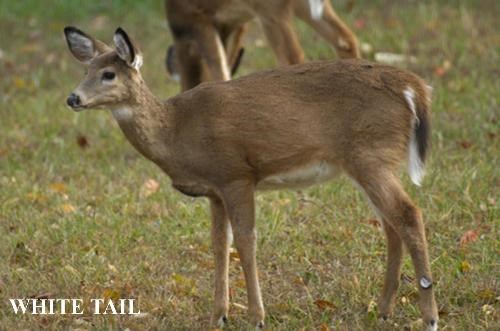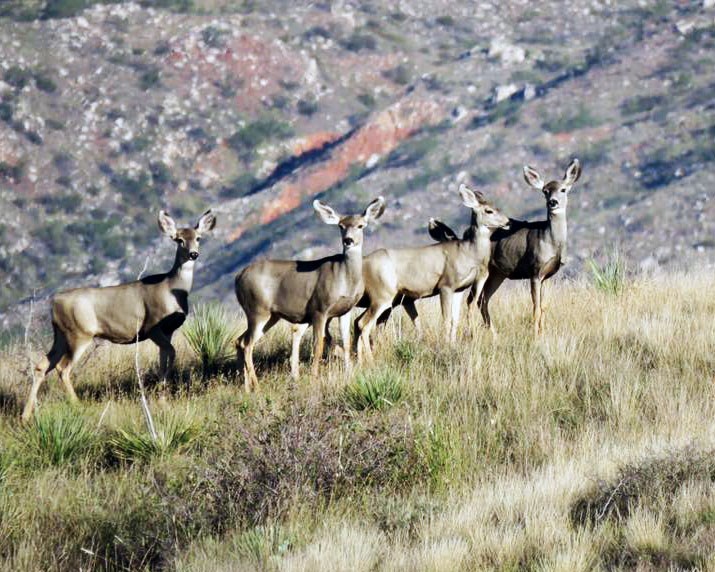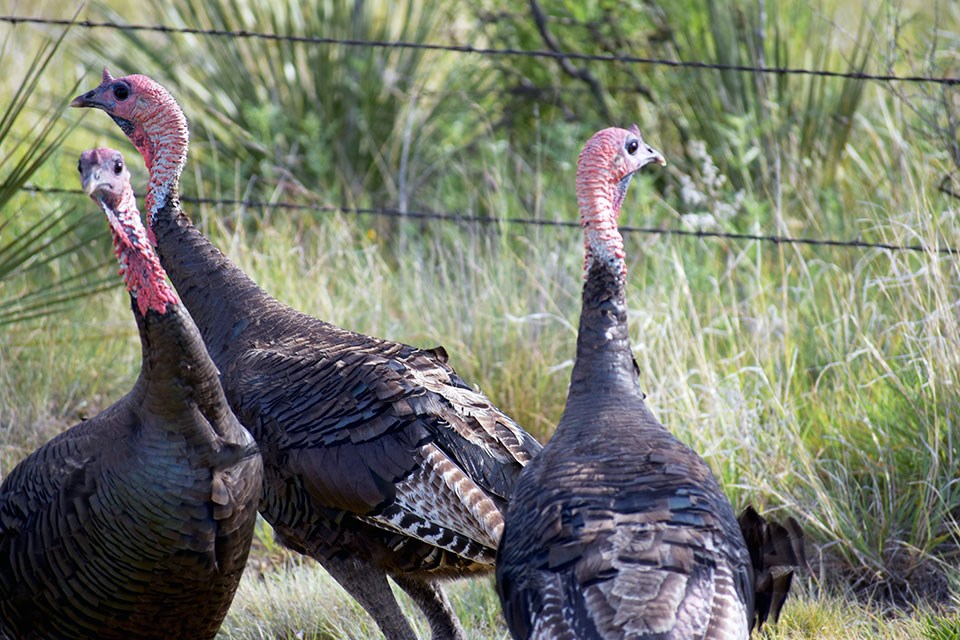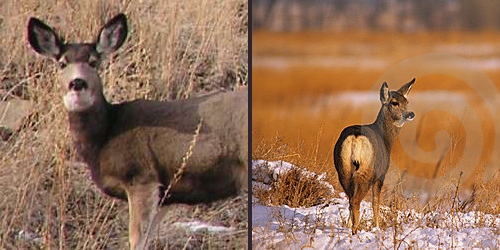|
2025-2026 Hunting Program at Lake Meredith National Recreation Area Within the boundaries of Lake Meredith National Recreation Area, these dates and bag limits apply for the 2025-2026 hunting season. The dates have been set after consultation from Texas Parks and Wildlife Department Biologists to increase populations and enhance habitats.

NPS Photo WHITE-TAILED DEER:Archery Season: September 27, 2025 - October 31, 2025
General Season: November 1, 2025-January 4, 2026
Special Youth Seasons:

Photo credit - Jacob Blashill MULE DEER:Archery Season: September 27-November 21, 2025
General Season: November 22 - December 7, 2025
DOVE: Regular Seasons:
TEAL:Season: September 20-28, 2025

NPS Photo - D. Yates TURKEY: Gobblers or Bearded Hens*No fall season at Lake Meredith - ClosedSpring Season: March 28, 2025- May 10, 2026 (Shotgun or Archery ONLY) QUAIL:Season: November 1, 2025 — February 28, 2026
PHEASANT:Season: December 6, 2025-January 4, 2026
LAKE MEREDITH NATIONAL RECREATION AREA NON-GAME HUNTING SEASON:RABBIT: November 1, 2025 - February 28, 2026 COYOTE: November 1, 2025 - February 28, 2026 To report hunting or game violations contact a Park Ranger or Game Warden, or call (800)792-GAME or 911. During the White-tailed General Deer Season and Special Youth Seasons, ALL HUNTERS MUST WEAR BLAZE ORANGE CLOTHING. Clothing consists of both a hat and vest totaling 400 square inches worn conspicuously above the waist. We highly recommend that Blaze Orange be worn during the entire gun season inside Lake Meredith National Recreation Area. Note: Migratory bird hunters on the waters of Lake Meredith are exempt. *Special White-tailed Youth Hunts* are restricted to persons 16 years of age or younger. A Special Resident Hunting (Type 169) license is required. Youth Season at Lake Meredith National Recreation Area is for White-tailed deer only. Hunting for game species not listed in this brochure is prohibited within the boundaries of Lake Meredith National Recreation Area and Alibates Flint Quarries National Monument. Hunting or releasing feral livestock within the boundaries of the park including feral pigs is prohibited. Permanent stands or blinds are prohibited. Temporary blinds must have the hunter's name and telephone number on the blind, and the blind must be removed within 24 hours of hunt. Baiting of animals is prohibited. Shooting from across a roadway is prohibited. As of February 22, 2010, a new federal law allows people who can legally possess firearms under applicable federal, state, and local laws, to legally possess firearms in this park. It is the responsibility of visitors to understand and comply with all applicable state, local, and federal firearms laws before entering this park. As a starting point, please visit our state's website. http://www.statutes.legis.state.tx.us/Docs/PE/htm/PE.46.htm Federal law also prohibits firearms in certain facilities in this park; those places are marked with signs at all public entrances. Camping for up to 30 days between October 1 and December 31 is allowed. Leaving a camp unattended for more than 24 hours is prohibited. Digging or leveling the ground for a camp is prohibited. Fires are not permitted in the backcountry. Burning pallets with nails/hardware in them is prohibited unless the hazards are removed before burning. Traveling off designated roads with motor vehicles is prohibited. Use of artificial light is prohibited. Operating an OHV outside designated areas is prohibited. Target shooting or weapon sighting is prohibited. Weapons may only be discharged at legal game. Primitive black powder weapons may be discharged prior to transport in a motor vehicle. NO HUNTING IS ALLOWED AT ANY TIME WITHIN THE BOUNDARIES OF ALIBATES FLINT QUARRIES NATIONAL MONUMENT. Mule Deer vs. Whitetail DeerCan you tell the difference between Mule Deer and White-tail Deer?Mule Deer  White-tail deer  Face: The Mule Deer face is mostly white from the nose to the eyes. A White-tail deer face is mostly brown, like the rest of its fur, and has white rings around its eyes and nose. Tail: The Mule Deer’s rump has a very large patch of white, only partly covered by a thin, white tail with a black tip. A White-tail Deer covers most of its narrow white patch with a thick, dark tail. However, a White-tail raises its tail to alert others of danger. 
Photo Credit: Wayne D. Lewis |
Last updated: September 9, 2025
